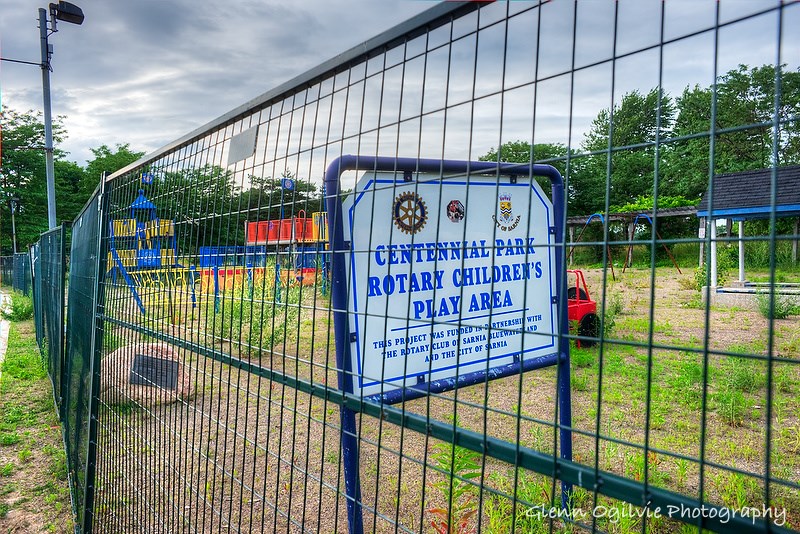The grass isn’t greener on the other side of the fence, but it is longer.
Work crews will begin cutting the overgrown field called Centennial Park any day now, the first visible sign the job of reopening the city’s beloved waterfront park has really begun.
City councillors signed off on a plan last week that will see the work done over two years, but not before a testy exchange between two of them.
Their positions nicely typify the entire remediation debate.
Much of the park was fenced off last year after tests determined that the fill brought in to build the part contains varying levels of lead, oil and asbestos.
Coun. Dave Boushy has long suggested the city overreacted to the health risk. He has chafed at the ugliness and expense of the fencing, and scoffed at an early cleanup price tag of $40 million.
The new plan has cut out the frills and will see most of the contaminated area covered over with new soil and grass for a quarter of the original estimate.
“Any engineer I talked to, any chemist I talked to, any citizen I talked to, they all said, don’t disturb the land … cap it with soil, cut the grass and (restore) the park as it was,” Boushy said.
“This is exactly what staff is doing right now. So, the public were 100% correct in their estimate, and so was I.”
Coun. Mike Kelch took umbrage at that.
The many suffering Sarnia families touched by asbestos-related disease were willing to wait, said Kelch, who is himself participating in an occupational disease survey.
“For anyone who thinks we’ve gone too slow, you’re wrong,” he said. “We’ll move forward as we believe it’s safe to do so. We’ll take the measures we need to take. We will be duly diligent about the hazard, and shame on this city if we ever are accused of skirting the precautions. We, of all cities.”
The first phase of the restoration will take place in the park’s north half where soil will be scraped from the bowl to increase the size and height of the existing hills.
That will that reduce trucking and disposal costs, and as a bonus, it could make for more exciting tobogganing.
A “geotextile” fabric will be laid down, covered in a foot and a half (0.5 metres) of clean fill and topsoil, and seeded with grass.
Air monitoring will be done around the perimeter, and protective equipment worn while the work is underway.
If all goes well, the fences should disappear from the north half of the park no later than next spring.
- George Mathewson
